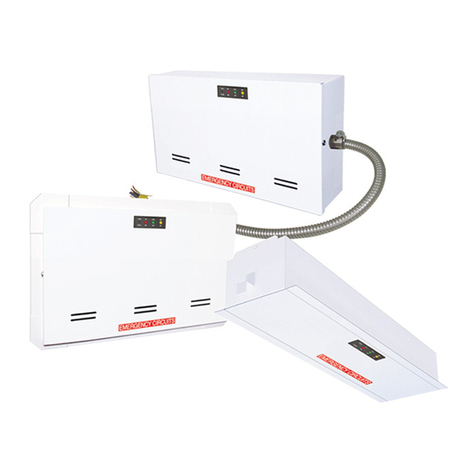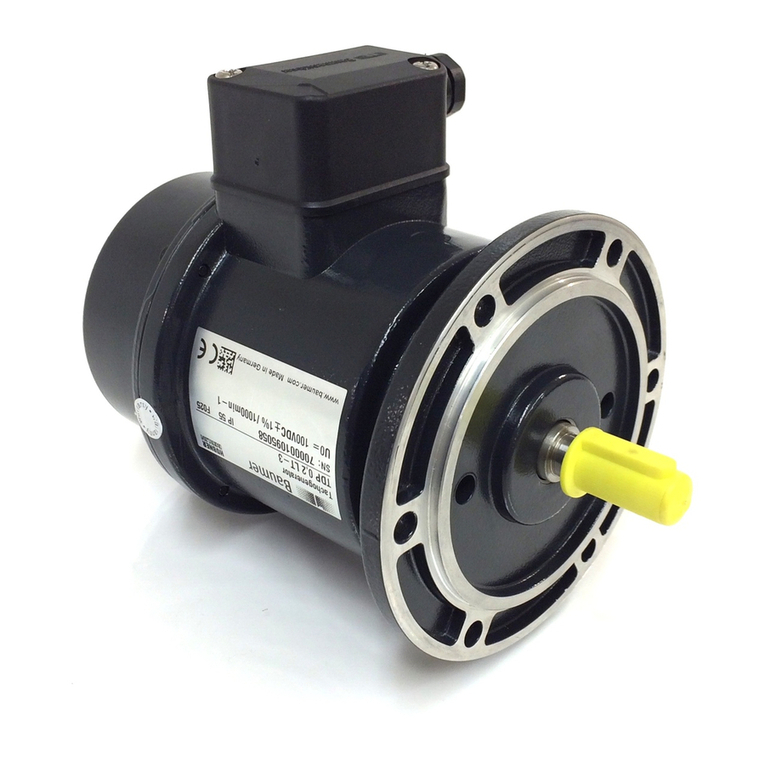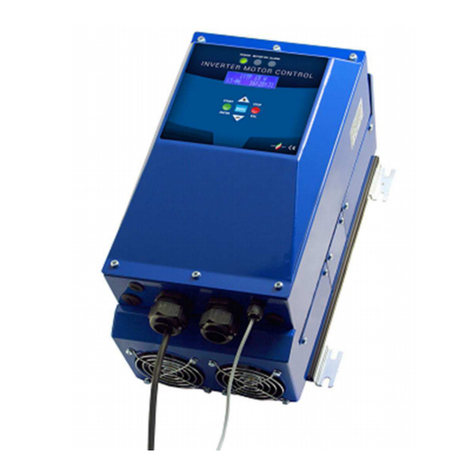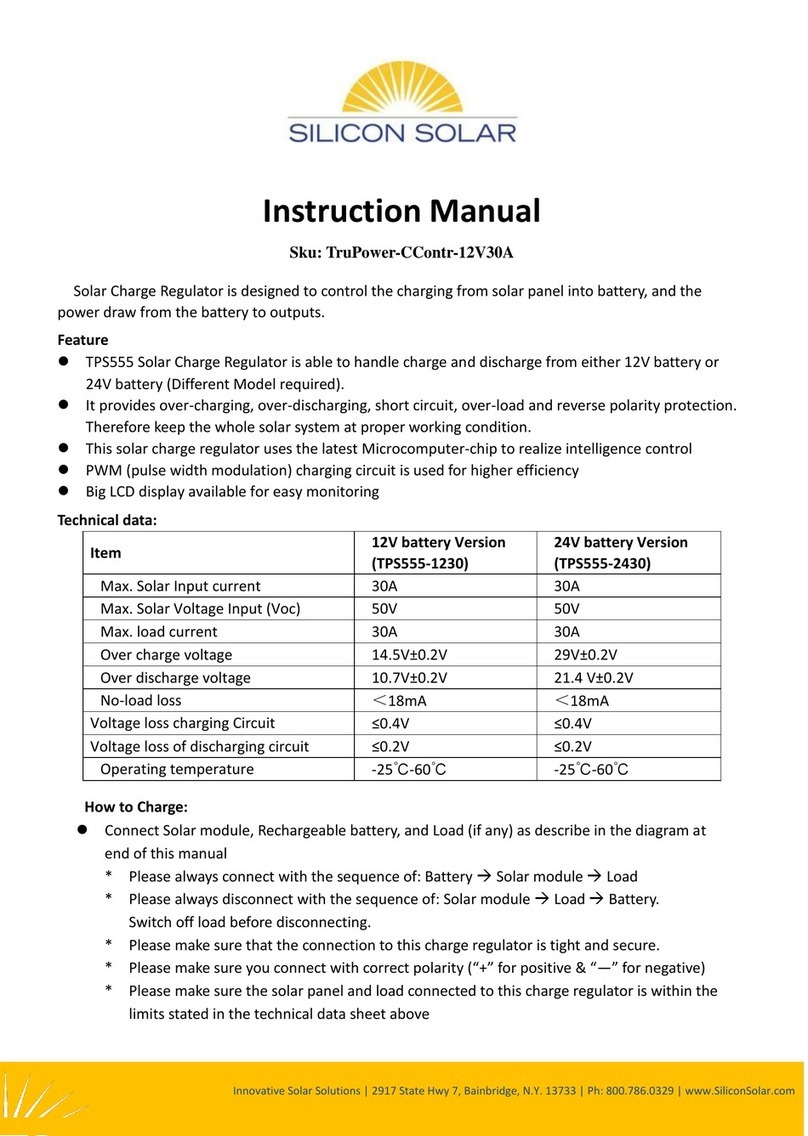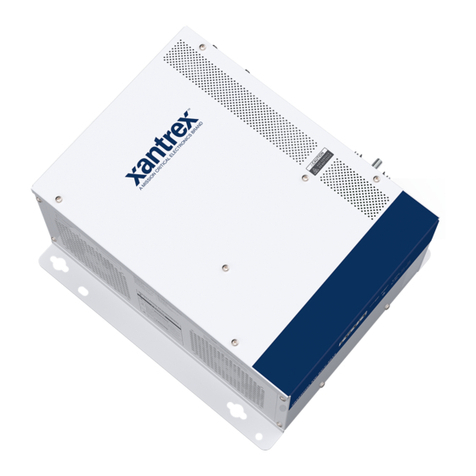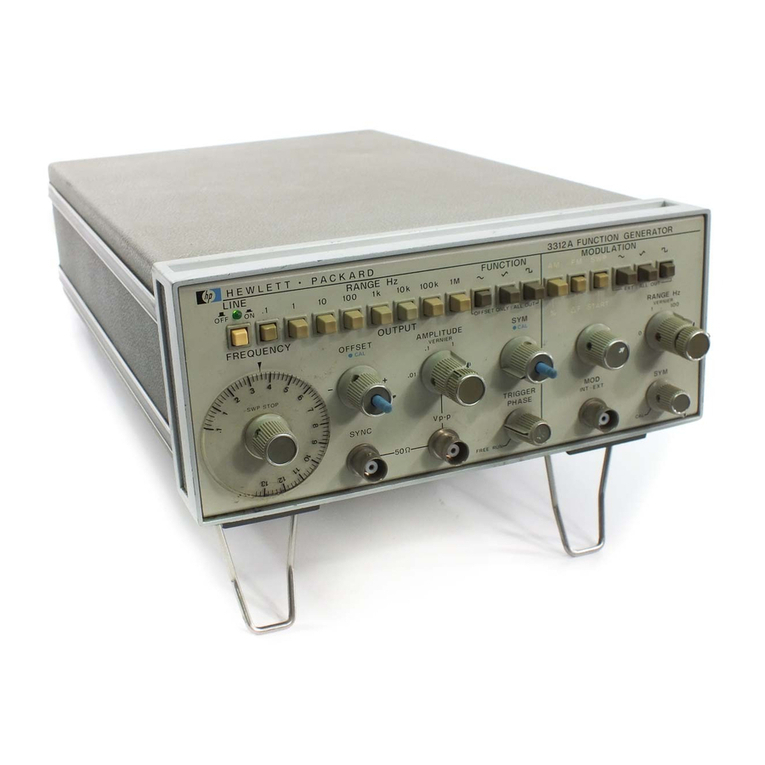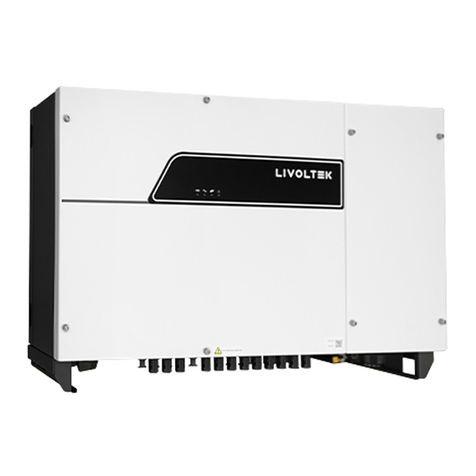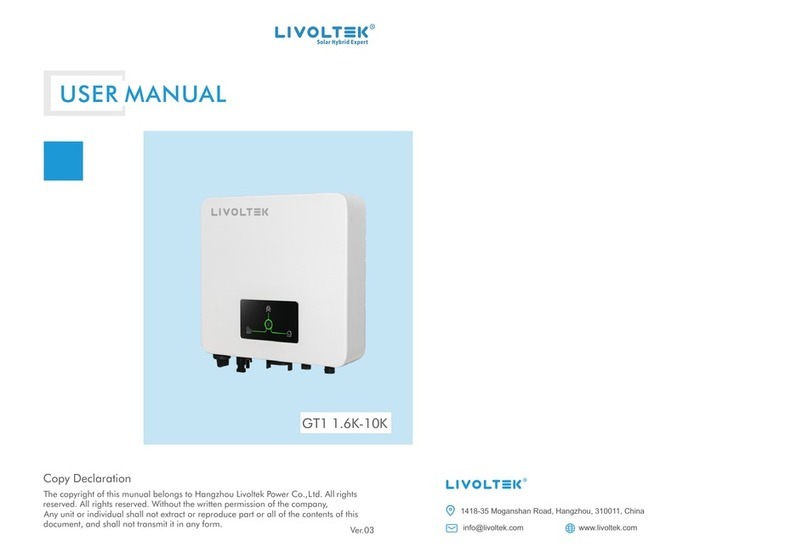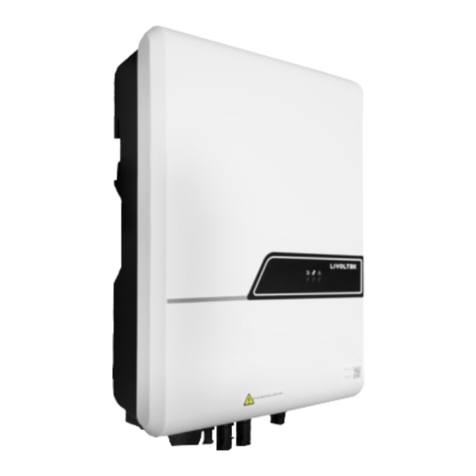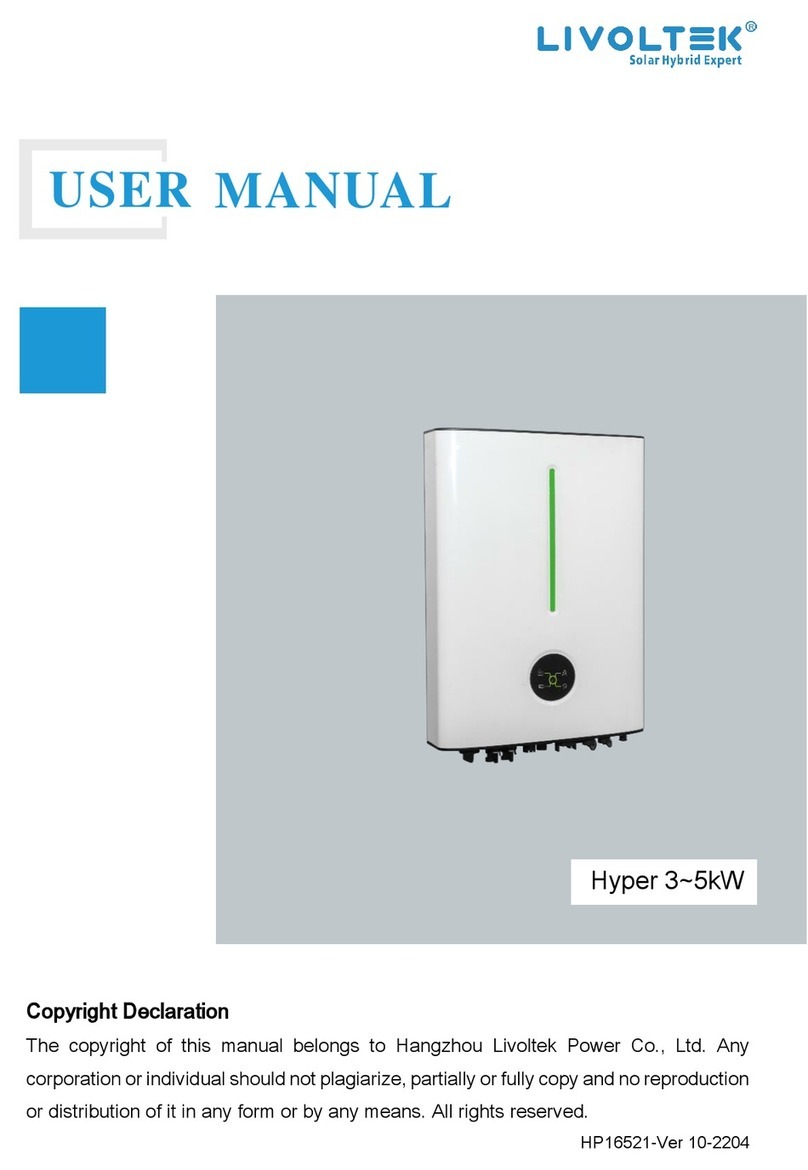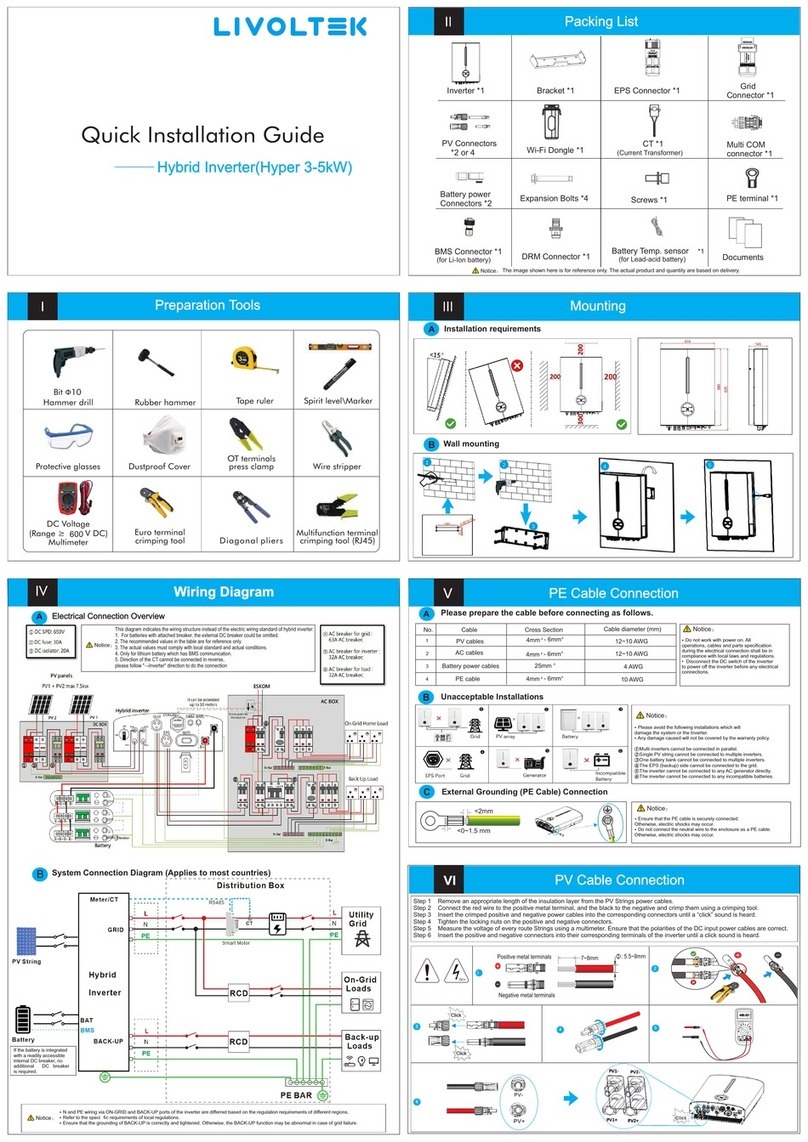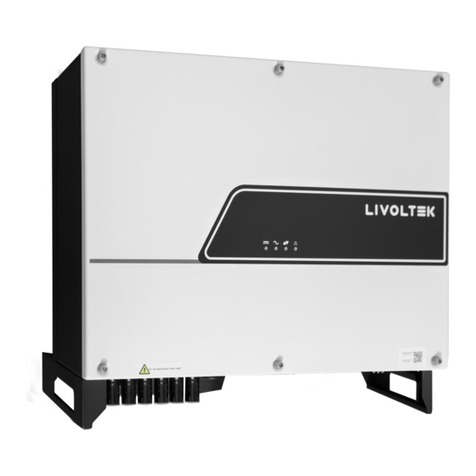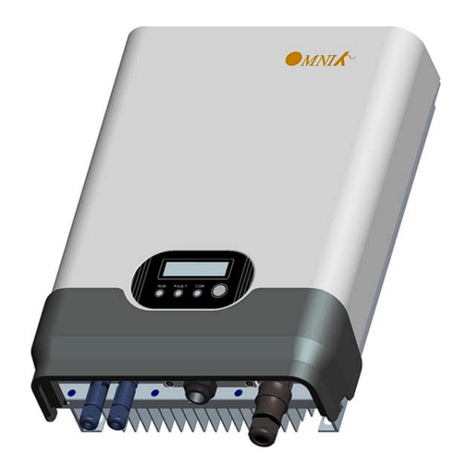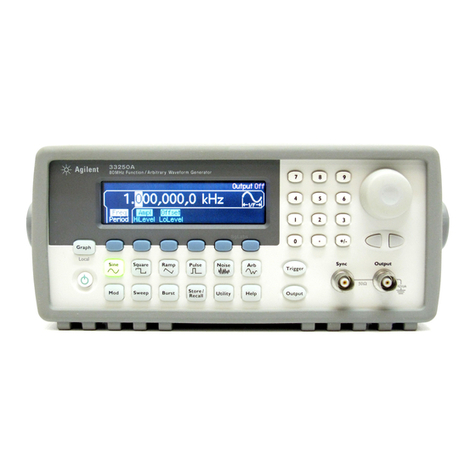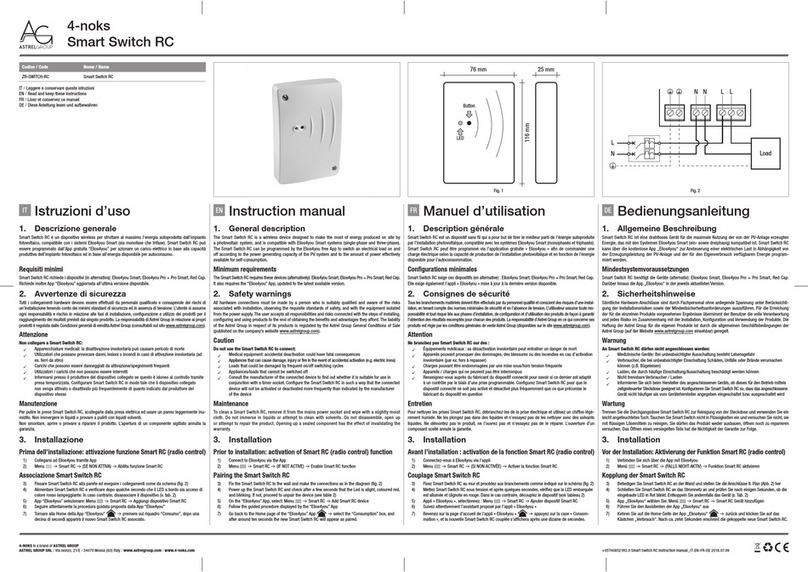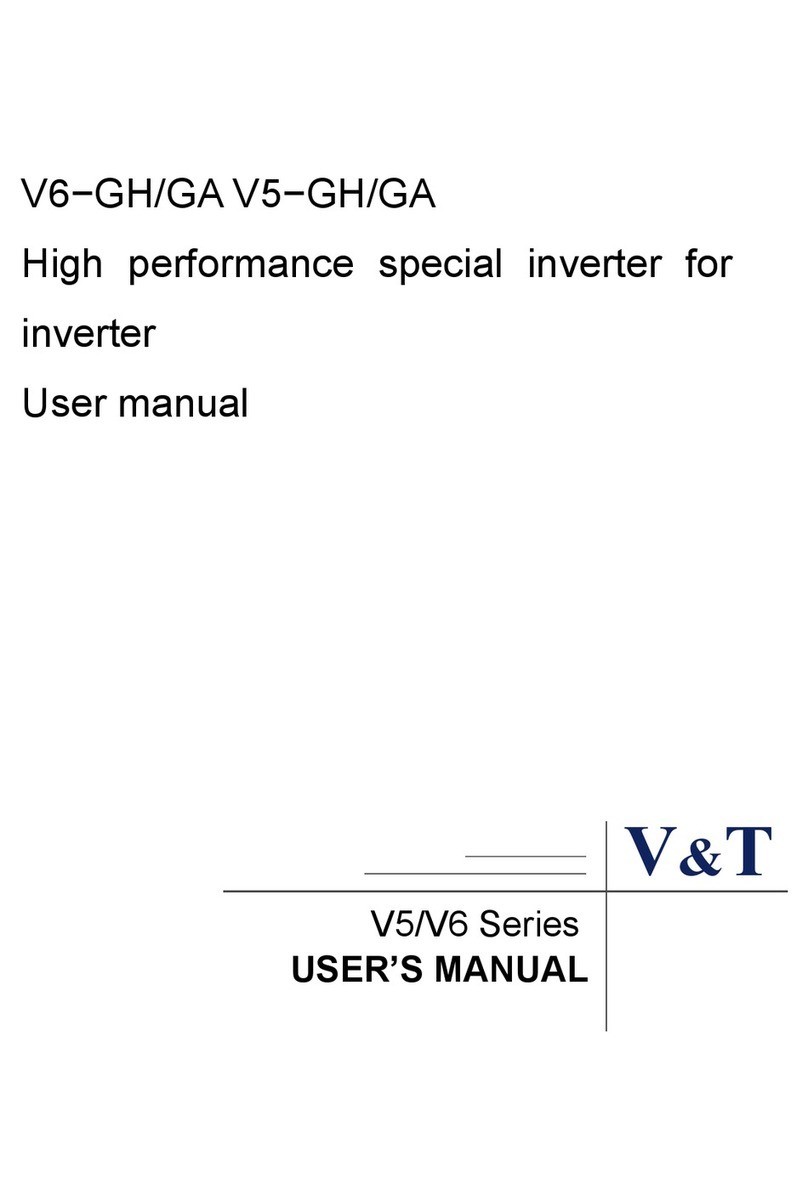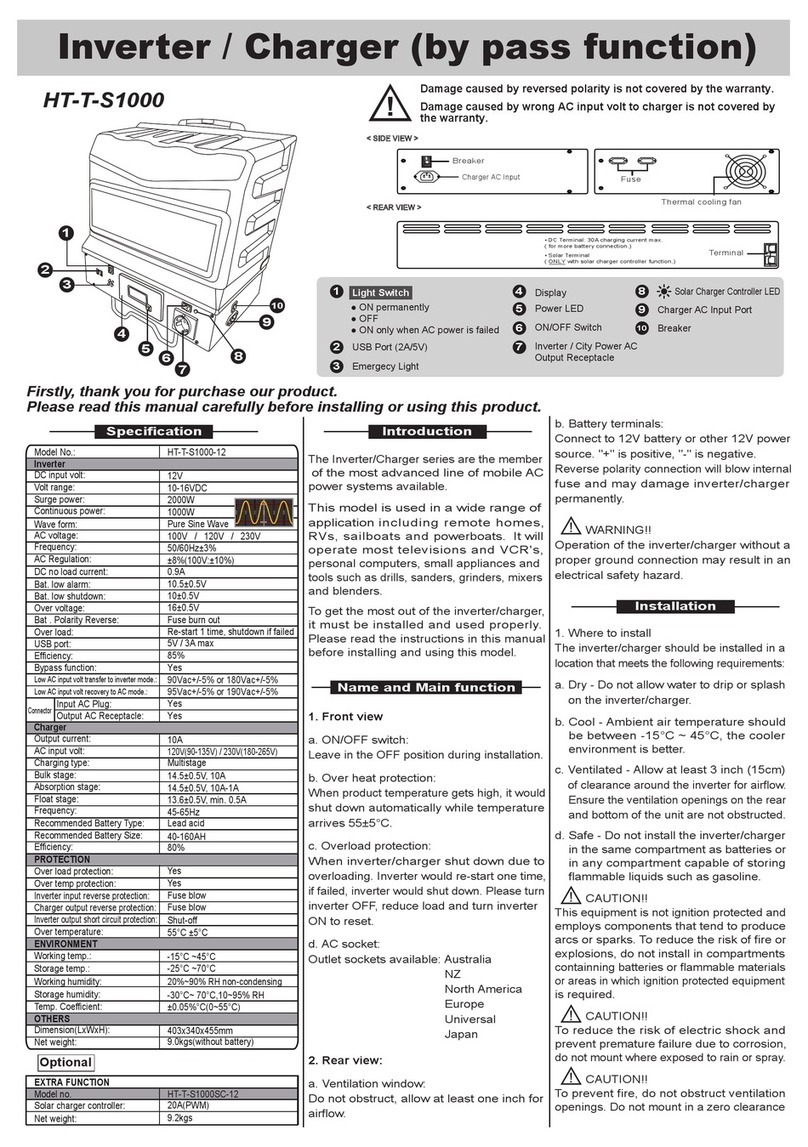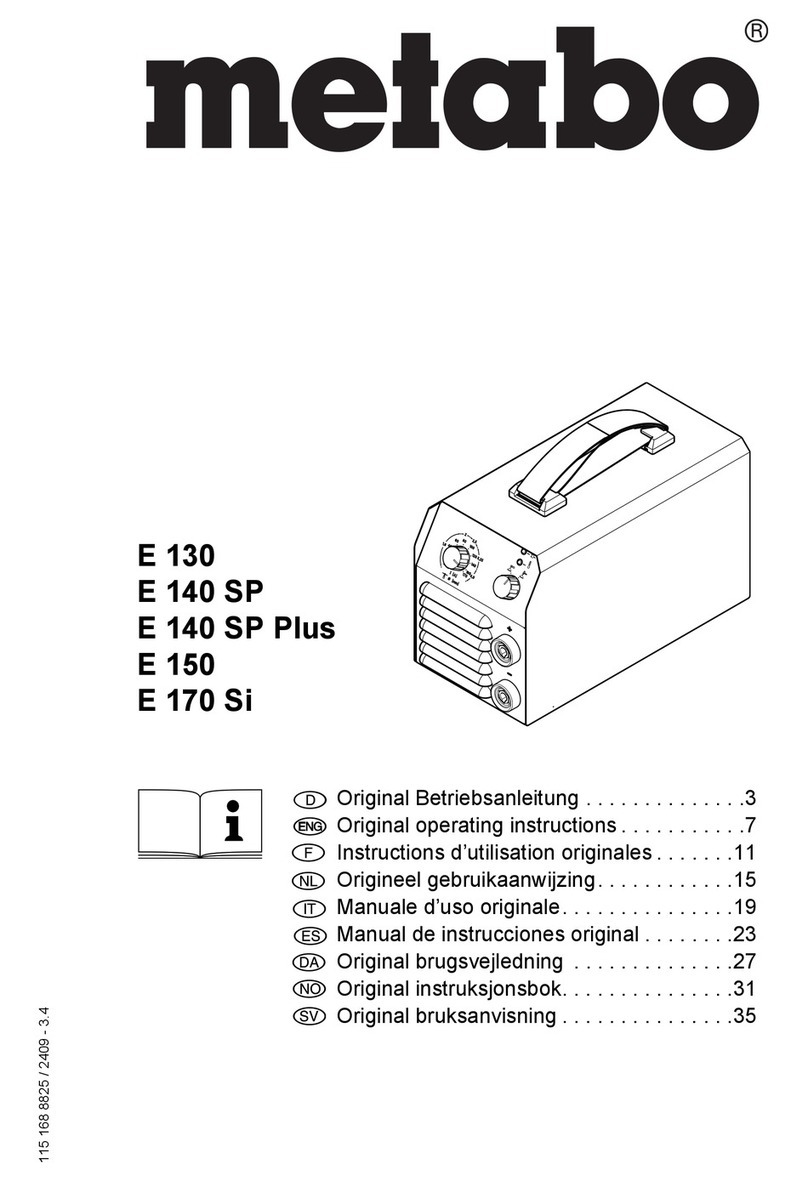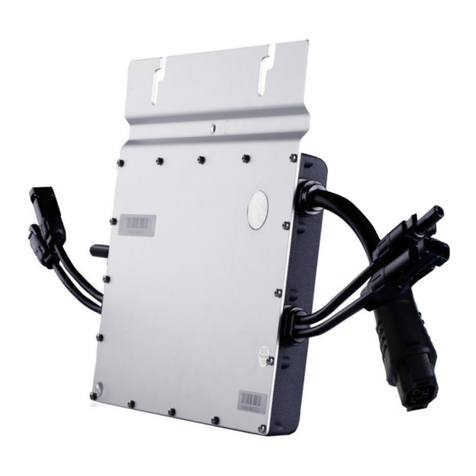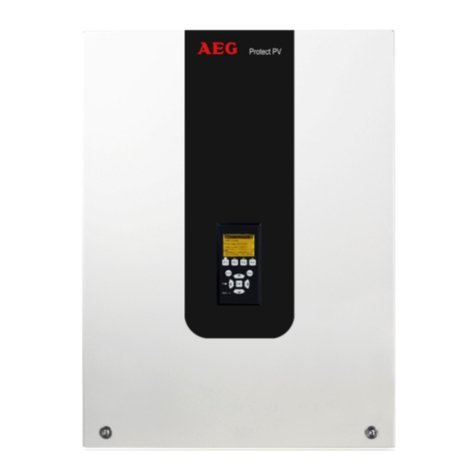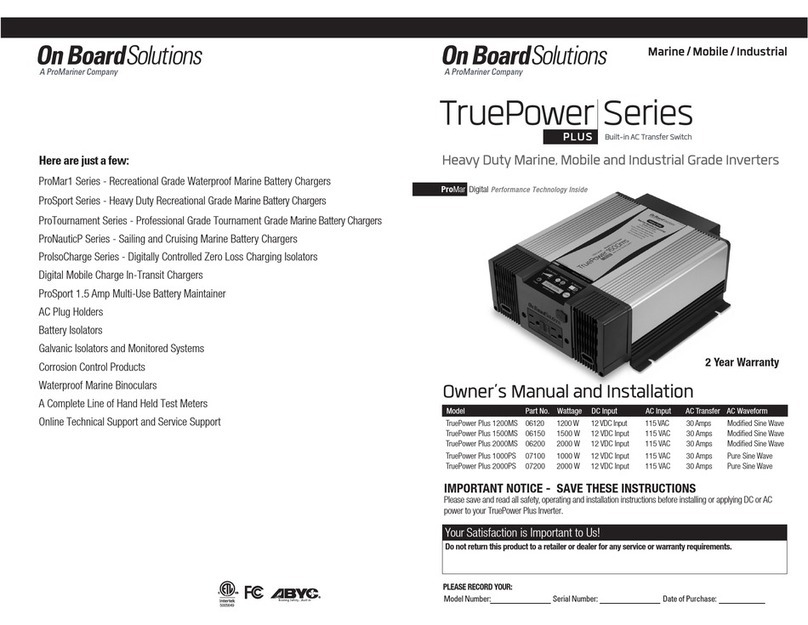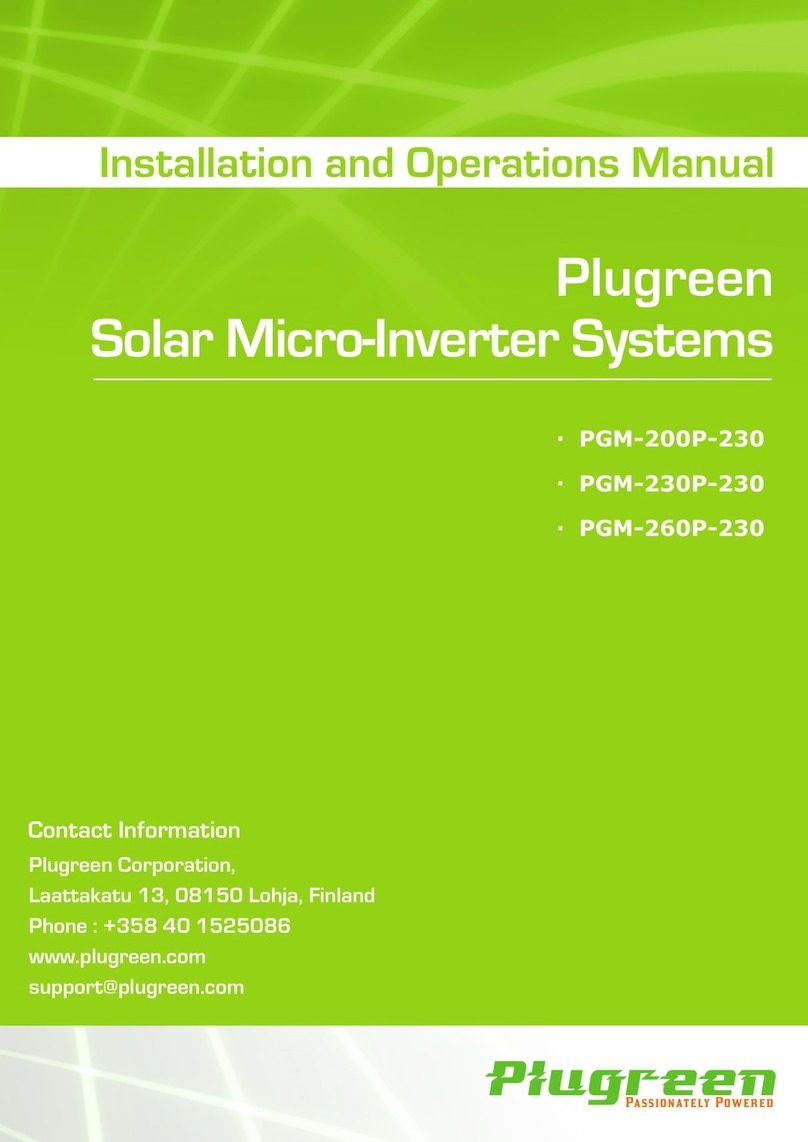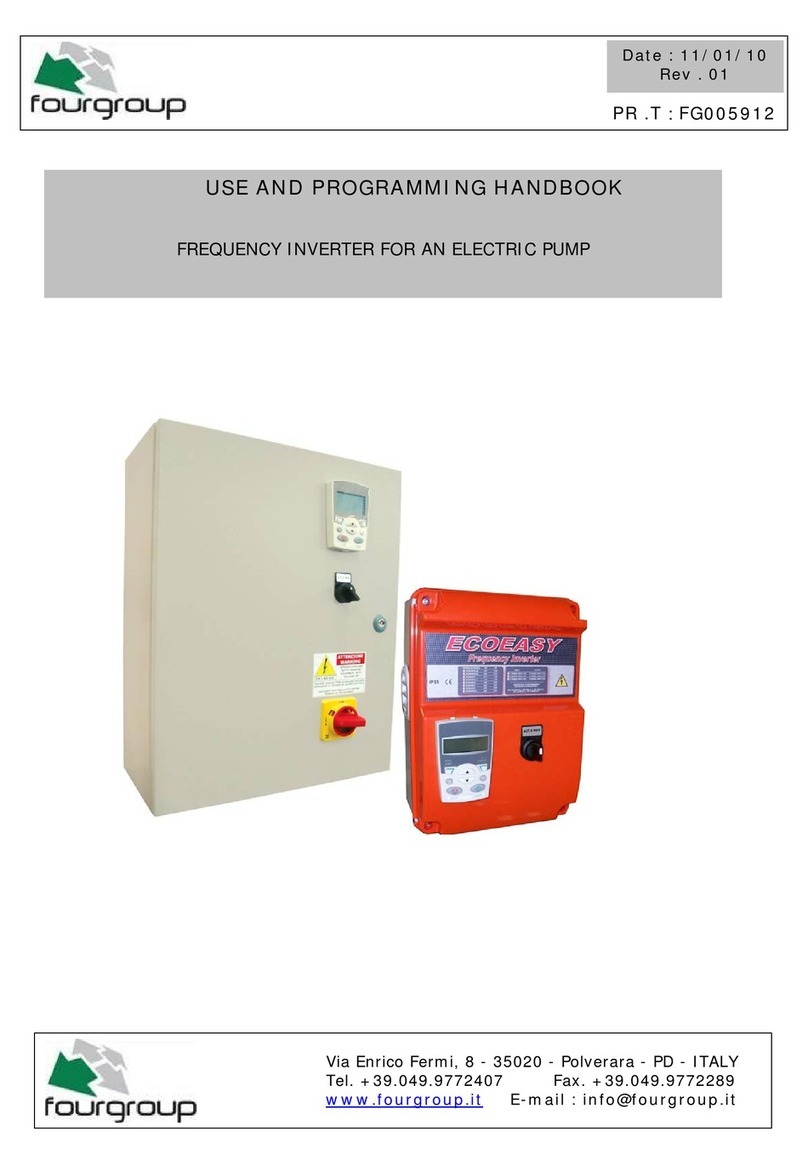
CONTENTS
1. About This Manual ................................................................................ 1
1.1 Products Covered by This Manual ............................................... 1
1.2 Target Group.............................................................................. 1
1.3 Symbols Used............................................................................. 1
1.4 Storage of the Manual................................................................ 1
2. Safety.................................................................................................... 2
2.1 Intended Use.............................................................................. 2
2.2 Important Safety Instructions ....................................................... 2
3. Scope of Delivery .................................................................................. 4
4. Product Description ............................................................................... 6
4.1 View of the Inverter..................................................................... 6
4.2 System Diagram......................................................................... 8
4.3 Operating Mode Introduction ..................................................... 8
5. Mounting ............................................................................................ 12
5.1 Requirements for Mounting....................................................... 12
5.2 Mounting the Inverter ............................................................... 14
6. Electrical Connection ........................................................................... 16
6.1 Wiring Diagram ....................................................................... 16
6.2 Overview of the Connection Area ............................................. 17
6.3 PV Connection.......................................................................... 18
6.4 Grid Connection ...................................................................... 19
6.5 EPS Connection........................................................................ 20
6.6 Battery Connection ................................................................... 21
6.7 Smart Meter Connection........................................................... 23
6.8 WiFi Stick Connection ............................................................... 25
6.9 DRM Connection ...................................................................... 25
7. Operating of the Inverter ..................................................................... 26
7.1 LEDs and Graphical Display ..................................................... 26
7.2 Commission ............................................................................. 28
7.3 Decommission.......................................................................... 29
7.4Settings on the LIVOLTEK APP ................................................... 30
8. Troubleshooting................................................................................... 37
9. Technical Data .................................................................................... 39
9.1 Hyper 2000/3000 ......................................................................... 39
9.2 Hyper 3680/4600/5000 ............................................................... 42
9.3 Certificates and Grid Regulations................................................... 44
Contacts:.................................................................................................... 45
